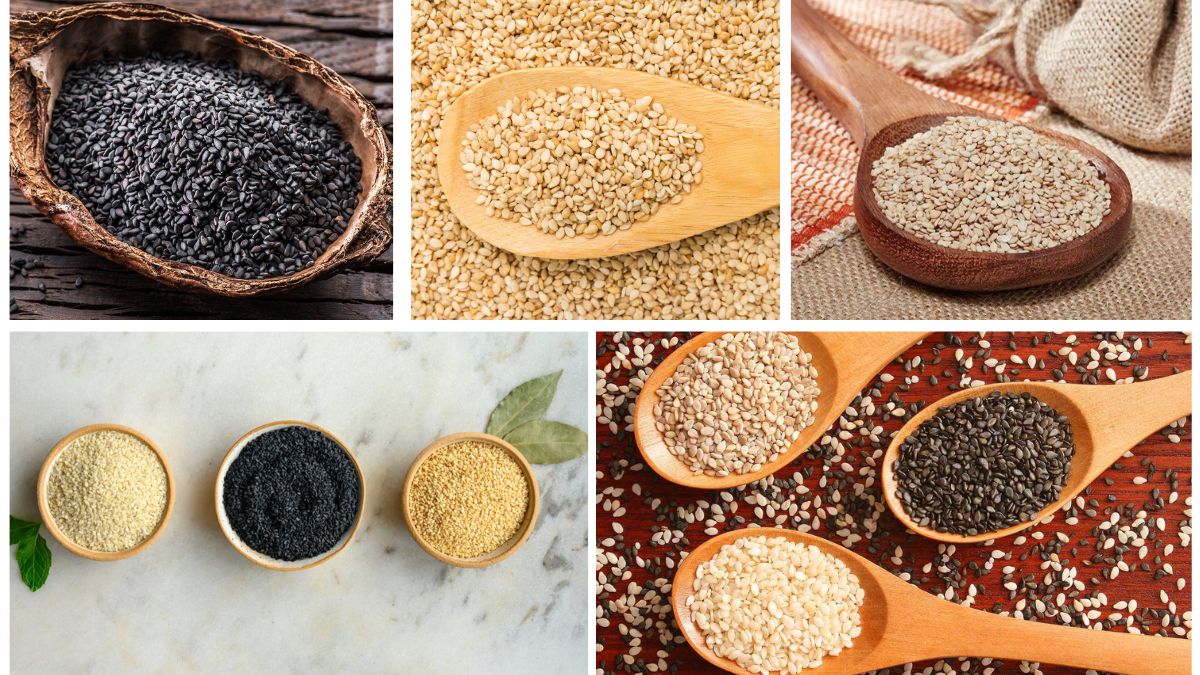Sesame seeds, often referred to as “the queen of oilseeds”, have been cultivated for thousands of years and are celebrated for their rich nutty flavor, high oil content, and nutritional value. From adding crunch to bakery products to producing sesame oil, which is prized in Asian cuisine and traditional medicine, sesame seeds play a vital role in agriculture, trade, and global cuisine.
But among all countries that cultivate this ancient crop, which one produces the most sesame seeds worldwide? Let’s explore the global sesame seed landscape, key producers, uses, challenges, and the future of this high-value crop.
The Global Importance of Sesame Seeds
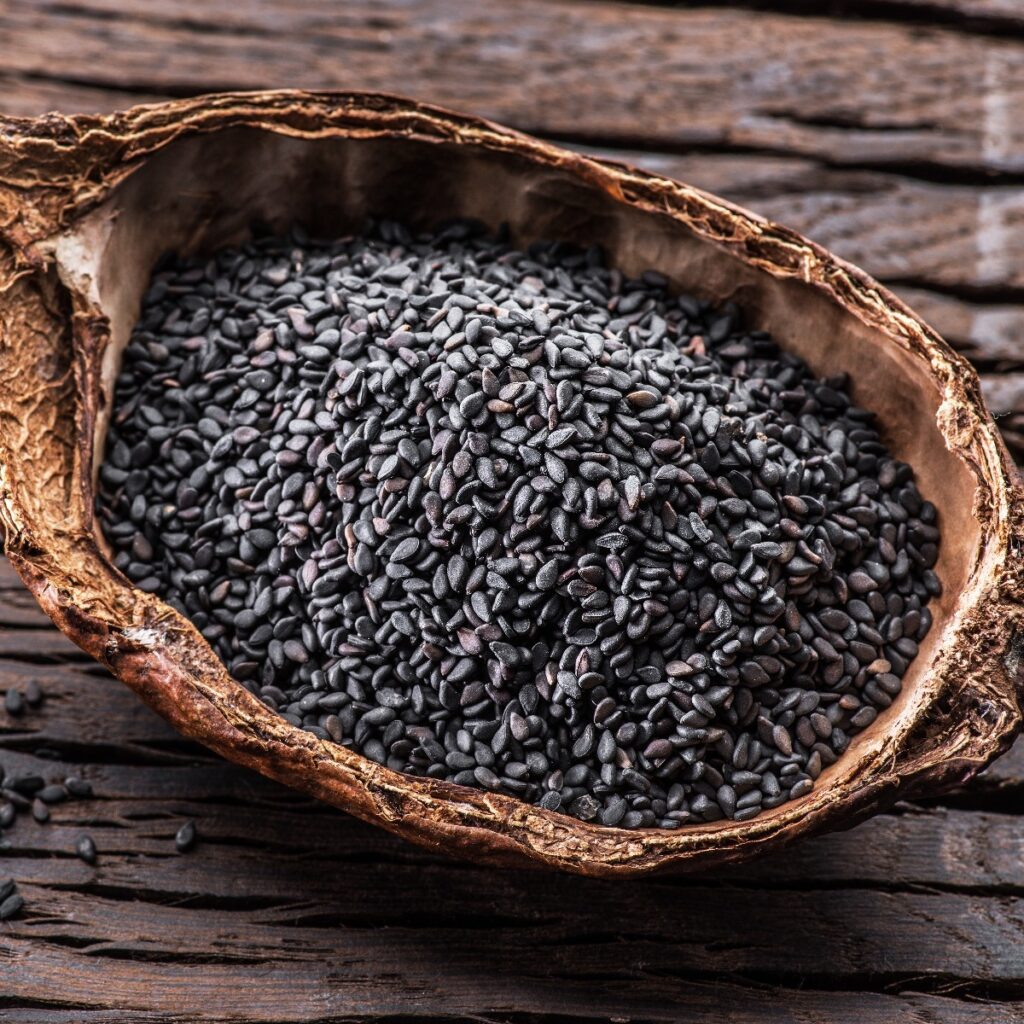
Sesame seeds are tiny yet nutritionally dense. They are rich in:
- Healthy fats (mainly unsaturated oils)
- Protein
- Fiber
- Vitamins and minerals, such as calcium, iron, and magnesium
- Antioxidants, including sesamol and sesamin
Uses of Sesame Seeds
- Culinary Applications:
- Sprinkled on bread, buns, and pastries
- Used in Asian dishes like tahini, gomasio, and sesame candies
- Pressed to produce sesame oil, a staple in cooking for its distinct aroma and flavor
- Industrial Uses:
- Sesame oil is used in cosmetics, soaps, and massage oils
- Some regions use sesame oil in biodiesel and lubricants
- Health Benefits:
- Supports heart health due to unsaturated fats
- Strengthens bones with calcium-rich seeds
- Aids in digestion and provides antioxidants for overall wellness
Given its versatility, sesame seed production is an important economic activity, particularly in developing countries.
Global Sesame Seed Production

According to the Food and Agriculture Organization (FAO), global sesame seed production exceeds 7 million metric tons annually. Production is concentrated mainly in Africa and Asia, where climate and soil conditions favor cultivation.
The top producers include:
- Sudan
- India
- Myanmar
- Nigeria
- China
Among these, Sudan consistently ranks as the world’s largest sesame seed producer, contributing significantly to global supply.
Sudan – The World’s Largest Sesame Seed Producer
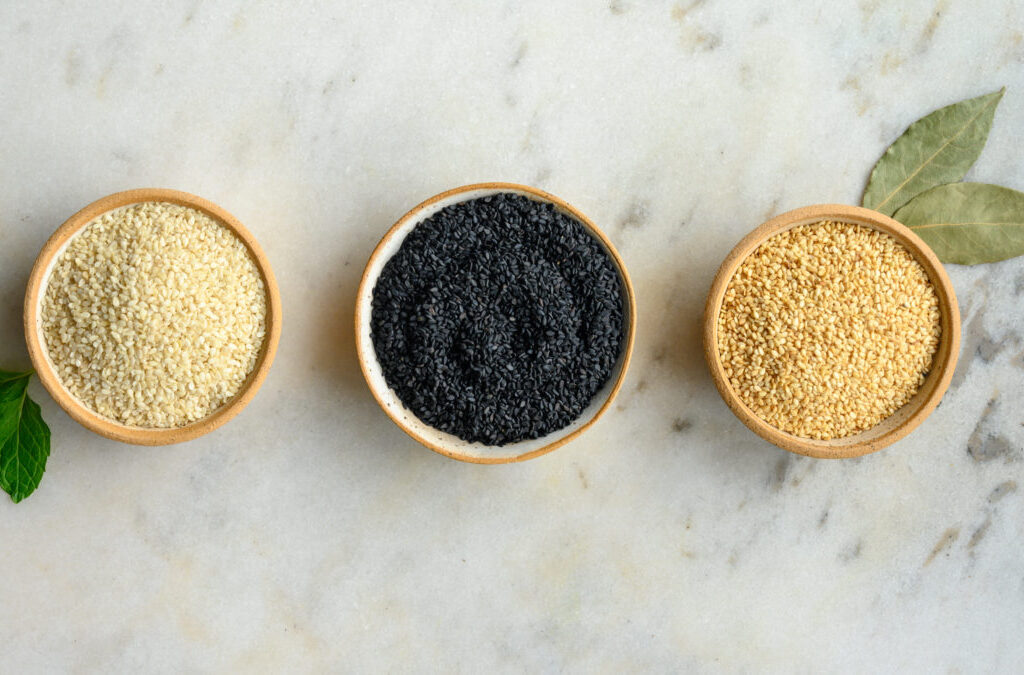
Sudan produces nearly 1.2–1.5 million metric tons of sesame seeds annually, making it the leading global producer.
Why Sudan Leads in Sesame Seed Production
- Ideal Climate – Sudan’s semi-arid climate with long dry seasons and moderate rainfall is perfect for sesame cultivation.
- Large Cultivation Area – Sesame is grown widely in the Blue Nile, White Nile, and Kordofan regions.
- Export-Oriented Agriculture – Sudan exports over 80% of its sesame production, primarily to China, Japan, and European markets.
- Traditional Expertise – Farmers in Sudan have cultivated sesame for generations, using knowledge passed down over centuries.
Challenges for Sudanese Sesame Farmers
- Climate Variability – Droughts and irregular rainfall can reduce yields.
- Political Instability – Civil unrest and economic challenges can affect farming and exports.
- Limited Infrastructure – Poor road networks and storage facilities lead to post-harvest losses.
Despite these challenges, Sudan remains a dominant player in the global sesame market due to its favorable climate and centuries of experience in cultivation.
India – The Second Largest Producer
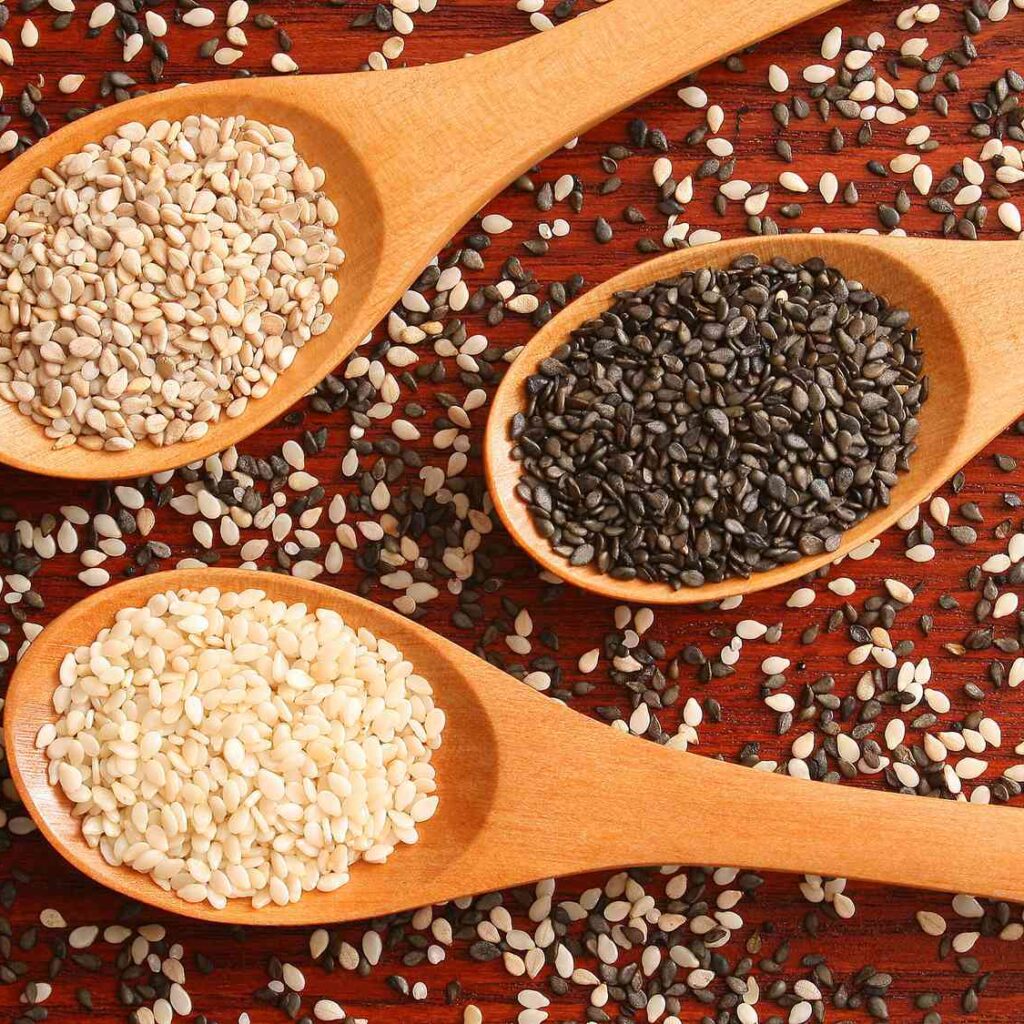
India produces approximately 800,000–900,000 metric tons of sesame seeds annually, making it the second-largest global producer.
Features of Indian Sesame Production
- Key Growing States – Gujarat, Rajasthan, West Bengal, Maharashtra, and Karnataka are leading sesame-producing regions.
- Diverse Varieties – India cultivates white, black, and brown sesame seeds for oil extraction and culinary use.
- Domestic and Export Demand – India consumes a significant portion domestically for oil, sweets, and snacks while exporting the rest to countries like Japan, USA, and Middle Eastern markets.
Challenges for India
- Dependence on Monsoon – Erratic rainfall impacts rain-fed sesame cultivation.
- Pests and Diseases – Sesame is vulnerable to aphids, root rot, and powdery mildew.
- Price Fluctuations – Global market volatility affects farmer income.
Nevertheless, India remains a vital contributor to global sesame supply, offering both quality seeds and traditional expertise.
Myanmar – Asia’s Rising Sesame Seed Producer
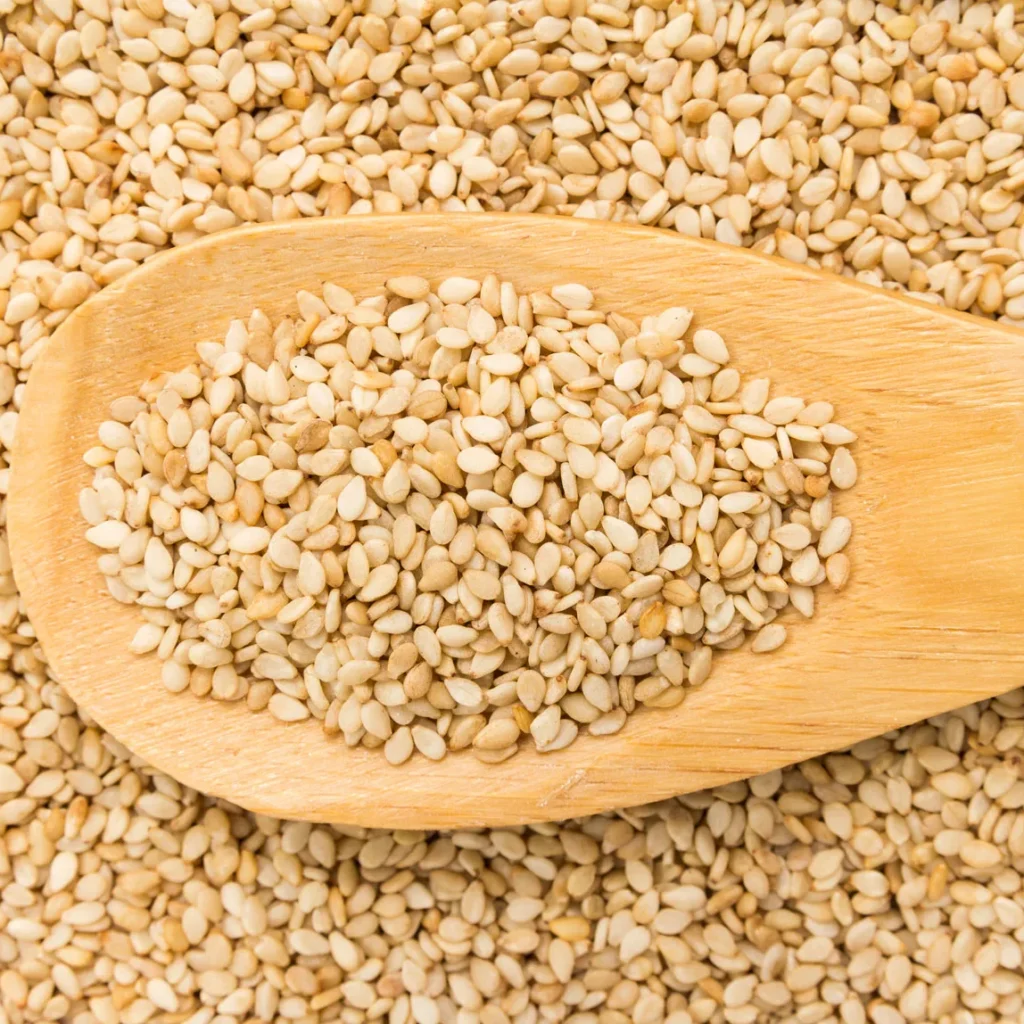
Myanmar is the third-largest producer, producing around 700,000–750,000 metric tons annually. Sesame cultivation in Myanmar is concentrated in the central dry zone, where the climate is ideal.
Highlights of Myanmar’s Sesame Industry
- Export-Oriented – The majority of sesame seeds are exported to China, Japan, and European countries.
- High-Quality Seeds – Myanmar is known for black sesame seeds, highly sought after in confectionery and culinary applications.
- Smallholder Farming – Most sesame is grown by small-scale farmers, making rural development closely tied to sesame production.
Challenges
- Political instability and limited infrastructure can impact both production and exports.
- Low mechanization leads to labor-intensive farming methods and reduced productivity.
Other Notable Producers
- Nigeria: Produces 300,000–350,000 metric tons, mainly for domestic consumption and regional export.
- China: Produces around 250,000–300,000 metric tons, with a focus on domestic oil production and culinary use.
- Ethiopia, Tanzania, and Sudanese Neighboring Countries: Contribute significantly to Africa’s sesame output.
Together, these countries form the backbone of global sesame seed supply.
Global Sesame Seed Trade
The global sesame seed market is heavily export-driven, with Sudan, India, and Myanmar supplying the majority.
Major Exporters
- Sudan
- India
- Myanmar
- Ethiopia
- Nigeria
Major Importers
- China: The largest importer, using sesame seeds for oil extraction and culinary products.
- Japan, South Korea, and European countries: Import for bakery, confectionery, and processed foods.
- Middle Eastern countries: Consume large quantities in traditional cuisines.
The global trade of sesame seeds is valued at over $2–3 billion annually, reflecting their high demand and economic significance.
Challenges Facing Global Sesame Production
- Climate Change – Extreme weather events threaten yields and seed quality.
- Pests and Diseases – Aphids, fungal infections, and bacterial diseases can devastate crops.
- Infrastructure Gaps – Many producing countries face challenges in storage, transportation, and processing.
- Market Volatility – Price fluctuations in international markets impact smallholder farmers.
Addressing these challenges requires investment in infrastructure, pest management, improved seed varieties, and sustainable farming practices.
The Future of Sesame Seed Production
With rising global demand for healthy oils, snacks, and plant-based foods, sesame seeds are likely to become even more valuable.
Key Trends
- Sustainable Agriculture – Emphasis on crop rotation, organic farming, and water-efficient methods.
- Improved Varieties – Development of high-yield, disease-resistant sesame varieties.
- Mechanization – Increasing adoption of modern farming equipment to boost productivity.
- Expansion into New Markets – Africa, South America, and Asia are expanding cultivation areas to meet global demand.
These trends suggest that sesame seeds will remain a strategic crop for global food security, nutrition, and trade.
Conclusion
So, which country produces the most sesame seeds worldwide? The answer is Sudan, followed by India and Myanmar. Sudan’s favorable climate, large cultivation areas, and centuries of farming experience make it the world leader, while India and Myanmar provide both domestic consumption and high-quality export supply.
Sesame seeds are much more than tiny flavor-packed kernels—they are a critical crop for nutrition, culinary culture, industry, and global trade. As demand continues to rise, the cultivation and trade of sesame seeds will remain central to the agricultural economies of producing nations, sustaining farmers, and feeding a world increasingly seeking healthy and versatile plant-based foods.
